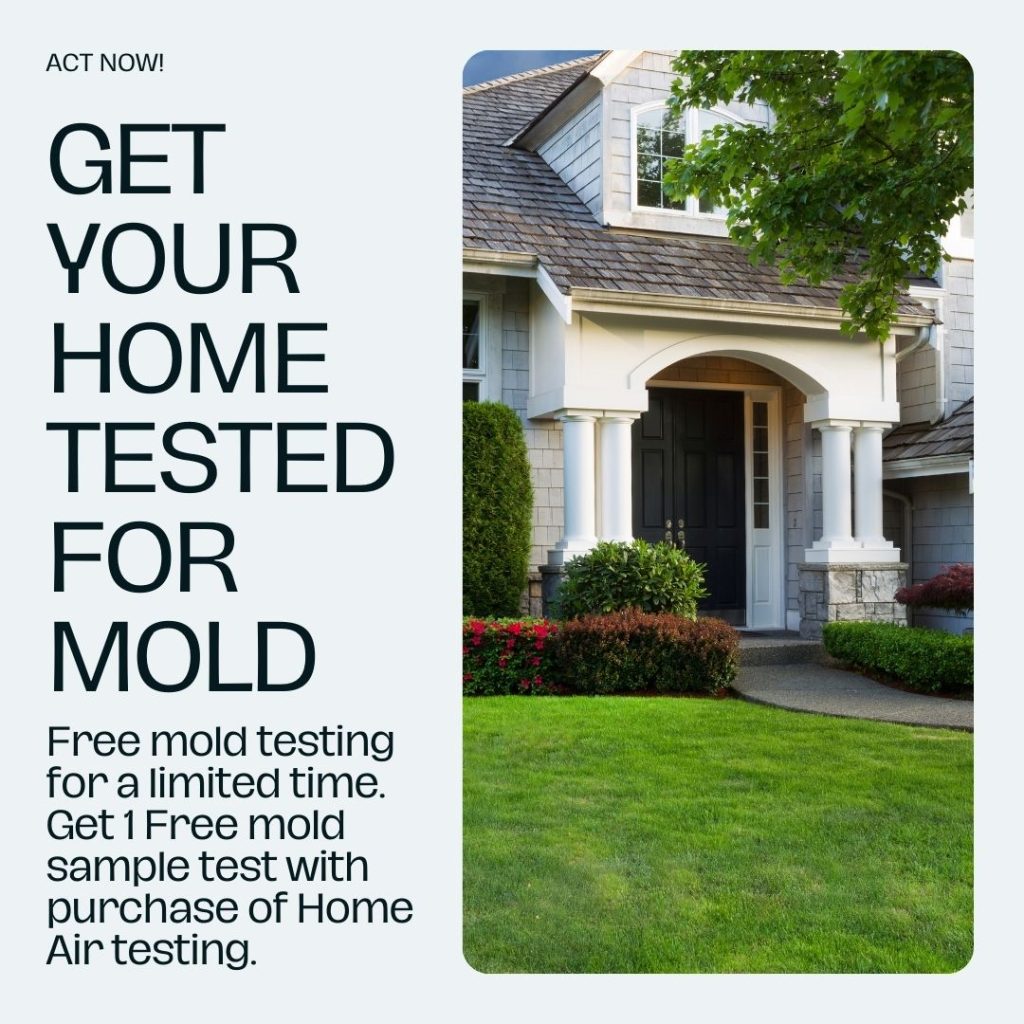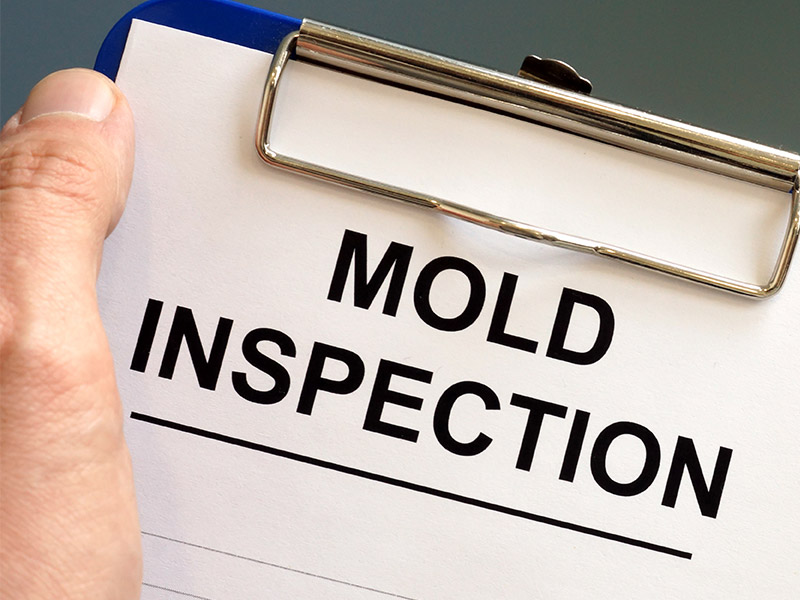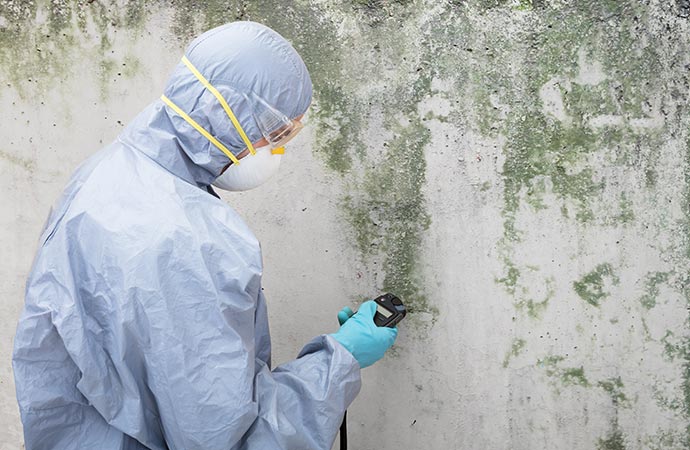The Duty of Mycotoxin testing Services in Food and Feed Safety
Wiki Article
Ensuring Compliance With Laws: the Role of Mycotoxin Testing in Top Quality Control
Guaranteeing conformity with stringent regulations is extremely important for maintaining food security, and the function of mycotoxin screening in quality assurance can not be overstated. Mycotoxins, poisonous substances produced by particular mold and mildews, position significant health and wellness threats, making their discovery vital in food production. Adherence to regulatory requirements, such as those set by the FDA and EU, calls for robust testing methods and modern technologies to identify and evaluate these pollutants. By applying complete testing procedures, business can stop potential wellness situations, stay clear of pricey recalls, and maintain customer trust. Nevertheless, the intricacies of these screening processes increase essential inquiries about their efficiency and effectiveness.
Recognizing Mycotoxins
Understanding mycotoxins is fundamental to making sure the top quality and security of farming items. The most well-known mycotoxins consist of aflatoxins, ochratoxins, trichothecenes, and fumonisins, each connected with details ecological conditions and fungal species.The presence of mycotoxins in food items can bring about persistent and severe health and wellness issues, including liver damage, immune suppression, and cancer causing results. Consequently, their detection and metrology are essential elements of quality assurance in farming and food sectors. The complexity of mycotoxin contamination requires a multifaceted technique, using innovative analytical methods such as fluid chromatography, mass spectrometry, and enzyme-linked immunosorbent assays (ELISA) By understanding the sources, types, and results of mycotoxins, stakeholders in the farming market can better apply preventative measures and minimize threats, making certain more secure consumption for end-users. This understanding forms the bedrock upon which reliable mycotoxin monitoring techniques are constructed.
Governing Requirements for Mycotoxins
Having actually established a foundational understanding of mycotoxins and their influence on food security, it is vital to evaluate the regulatory standards governing their visibility in farming products. Regulative standards for mycotoxins are necessary because they define allowable limits, guaranteeing food security and shielding public wellness. Different global and national firms have established these restrictions based on thorough threat evaluations.The Codex Alimentarius Payment, a global body established by the FAO and WHO, gives standards and optimum permitted degrees for various mycotoxins in food and feed. For example, the Codex has set limits for aflatoxins in peanuts, maize, and dried out figs, to name a few assets. These requirements are usually taken on or adapted by specific nations to fit their certain needs.
In the European Union, Law (EC) No 1881/2006 specifies maximum degrees for numerous mycotoxins, such as aflatoxins, ochratoxin A, and deoxynivalenol, in numerous foodstuff. The United State Food and Drug Management (FDA) has developed action degrees for mycotoxins like aflatoxins in products such as nuts and grains.
Adherence to these governing standards is essential for preserving market access, customer trust fund, and public health. Non-compliance can lead to substantial economic losses and health and wellness risks, emphasizing the importance of stringent mycotoxin testing protocols.
Checking Approaches and Technologies

ELISA is extensively valued for its cost-efficient and fast screening capacities, making it optimal for high-throughput atmospheres. It depends on antibodies to discover specific mycotoxins, offering cause a fairly short time frame. Its level of sensitivity might be limited compared to extra advanced techniques.
HPLC, on the various other hand, masters offering quantitative analysis with high precision and accuracy. It separates complicated blends right into private parts, making it extremely efficient for identifying and quantifying several mycotoxins simultaneously - Mycotoxin testing Services. This strategy, while a lot more lengthy and resource-intensive than ELISA, provides a greater degree of reliability

LC-MS represents the pinnacle of logical specificity and level of sensitivity. Incorporating the splitting up power of fluid chromatography with the detection capabilities of mass spectrometry, LC-MS can identify also trace degrees of mycotoxins. This approach is vital for validating the presence of mycotoxins in regulatory and forensic contexts, making sure compliance with rigorous security requirements.
Applying Testing Protocols

Integrating look here these innovative screening techniques into a thorough top quality control structure necessitates a well-structured approach to implementing screening methods. To accomplish this, organizations should initially perform a comprehensive risk evaluation to identify potential mycotoxin contamination factors within the supply chain. This analysis educates the advancement of a customized screening technique that resolves details vulnerabilities.
Next, establishing standardized sampling procedures is essential. Regular tasting ensures that examination outcomes are trustworthy and representative of the entire batch (Mycotoxin testing Services). Sticking to standards from regulative bodies, such as the FDA or EFSA, aids keep compliance and enhances the integrity of the testing process
Educating employees is an additional essential part. Team needs to be competent in both sample over at this website collection and the procedure of testing tools. Regular training sessions and accreditation programs can guarantee that team members remain upgraded with the most recent strategies and regulative changes.
Advantages of Mycotoxin Checking
Mycotoxin screening uses numerous benefits that dramatically improve the safety and security and quality of food and feed products. Mainly, it functions as an essential control measure to stop polluted goods from getting to the customer market, therefore securing public wellness. By identifying and quantifying mycotoxins such as aflatoxins, ochratoxins, and fumonisins, producers can guarantee that their products fulfill rigid regulatory standards, thus avoiding prospective legal effects and linked prices.Additionally, mycotoxin testing adds to the financial stability of food and feed industries by reducing the threat of massive item recalls. The capability to find and isolate infected sets early in the manufacturing process reduces waste and avoids the economic losses related to broken brand name track record. Furthermore, it cultivates customer depend on and commitment, as customers are increasingly familiar with food safety problems and need better requirements.
The execution of normal mycotoxin screening additionally advertises ideal practices within agricultural and manufacturing fields. By adhering to strenuous testing methods, business can enhance their top quality control processes, enhance functional performance, and guarantee the regular manufacturing of secure, top quality products. To conclude, the benefits of mycotoxin screening are multifaceted, adding to public wellness, economic security, and market integrity.
Conclusion
Mycotoxin screening is important in making certain compliance with regulative criteria, thus maintaining food safety and security and quality assurance. By systematically spotting unsafe mycotoxins, this technique helps mitigate health and wellness dangers, protect against legal effects, and stay clear of financial losses associated with item remembers. Implementing durable testing procedures fosters consumer count on and self-confidence in food safety practices, inevitably supporting the integrity and credibility of food companies. Hence, mycotoxin testing remains an indispensable component of modern food security monitoring systems.Ensuring conformity with stringent guidelines is extremely important for maintaining food safety, and the duty of mycotoxin screening in quality control can not be overstated.In the world of mycotoxin screening, progressed techniques and innovations are critical in guaranteeing food safety and security and governing compliance.Mycotoxin testing offers numerous advantages that significantly improve the safety and quality of food and feed products.Mycotoxin screening is critical in guaranteeing compliance with regulative criteria, therefore keeping food safety and security and quality control. Therefore, mycotoxin testing remains a vital element of modern food security monitoring systems.
Report this wiki page